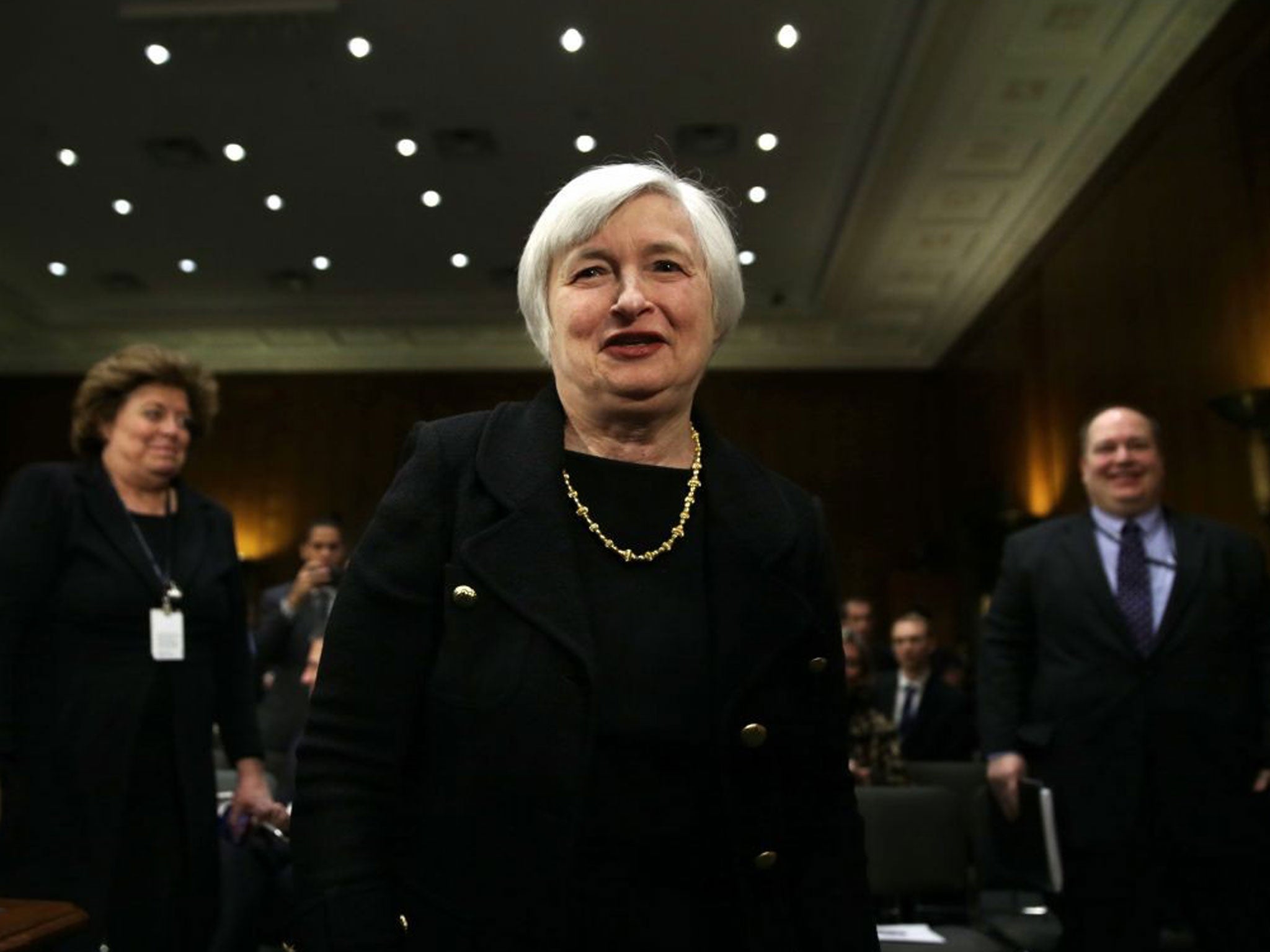We know recovery exists, just not what it looks like
The upturn is a strange beast, with patchy strength and a tendency to hide from some of us. Still, the good news is that it seems to be here to stay


The big economic question for this year, and it is one with political implications, is what will be the likely profile of the recovery. There has been a huge shift of perception, here and elsewhere in the world. Even six months ago, economic growth seemed quite fragile; now it is recognised to be reasonably secure. But we know little about its shape and durability, at a personal, national or even international level. Will the present beneficiaries continue to do well? Will the laggards start to catch up? Are there threats that we are missing?
I think the first thing to recognise is that recoveries are rarely straight-line and never universal. There will always be regions and industries that languish and there will always be chunks of otherwise successful economies that continue to struggle. We saw that here over Christmas, with online retailers racing to meet booming demand and some high-street and supermarket chains desperately discounting to clear unsold stuff.
You can also see it in Europe, with the divide between the broadly successful north and the struggling south far too simplistic a distinction. Did you know that The Netherlands contracted by more than 1 per cent last year and is expected to grow by only 0.5 per cent this? Most obviously, in Britain there is the huge gulf between London and the Home Counties on the one hand, and the rest of the country. Yet even in London, amid all the glitz, there remain areas of stubborn weakness.
The question "what is the nature of this recovery?" is more subtle, complex and, I find, interesting than last year's querying as to whether there was a recovery at all. So, what can we sensibly say about it?
Start by thinking global. The United States, still the world's largest economy by a large margin, came through last year's fiscal squeeze without any of the forecast disasters. From now on the squeeze eases, and most forecasts for the US this year suggest above-trend growth of around 3 per cent. The test will be monetary tightening, the end of the Federal Reserve's monthly purchases of US Treasury debt. We can be sure that the Fed, under its new chair Janet Yellen, will be most cautious about the pace of tightening, and while longer-term interest rates will almost certainly climb, I don't think there will be any move on US short-term rates.
If the US does well, that pulls up everyone else. China has just passed the US as the world's biggest trader in goods, though since the US is by far the largest trader in services (the UK is second) it is still the largest trader overall. China, for its part, will see slower growth than in previous years, but this is still likely to be at least 7 per cent. Its imports, oversimplifying a bit, are mostly commodities and raw materials, so even slightly slower growth will take a bit of pressure off commodity and energy markets. Within the developed world that means that countries such as Australia and Canada will do relatively less well. However. Europe taken as a whole will benefit, as will Japan: both are energy-poor. At some stage in the future China's great run of growth will ease back, but not yet.
The rest of the emerging world? This is made up of such a diverse set of economies that any generalisation will be misleading, but the overall growth rate will be somewhere between 4 and 5 per cent, compared with 2 per cent for the developed world. The emerging world is still out-pacing us; just not quite as dramatically as it was a couple of years back.
For Europe, the outlook is, unsurprisingly, still mixed. There is no doubt that the eurozone has turned some sort of corner, and that is most welcome. But there is also no doubt that large parts of it are showing little or no growth, and the situation in Italy is particularly dire. I took the boast by the EU Commission President José Manuel Barroso that the eurozone crisis was over as a bit of a "sell" signal, but a recovering world economy (and strong demand from the UK) will help pull up European exports, and the eurozone will show some overall growth.
And us? Recoveries are always uneven at this stage of the cycle. What has happened in the past is that, as confidence recovers, the areas of growth broaden and deepen. Given what has been happening in Europe we had to have a recovery led by domestic demand if we were going to have one at all. But now exports and investment should pick up.
The tricky question is how swiftly to tighten monetary policy and my own guess is that the first rise in interest rates will come in November. But it won't happen if the economy isn't strong enough to take it.
The big point here is that there is the global economic cycle, and we have to live with that as best we can. However, this cycle is in an upswing that should continue for a while yet. My guess is that we will certainly get another three years and I hope we get more. But eventually global growth will falter and the task will be to get ourselves into decent shape before then. If that is a challenge for politicians – and I wish they would talk about this in an adult way – it is also one for the rest of us.
Join our commenting forum
Join thought-provoking conversations, follow other Independent readers and see their replies
Comments
Bookmark popover
Removed from bookmarks